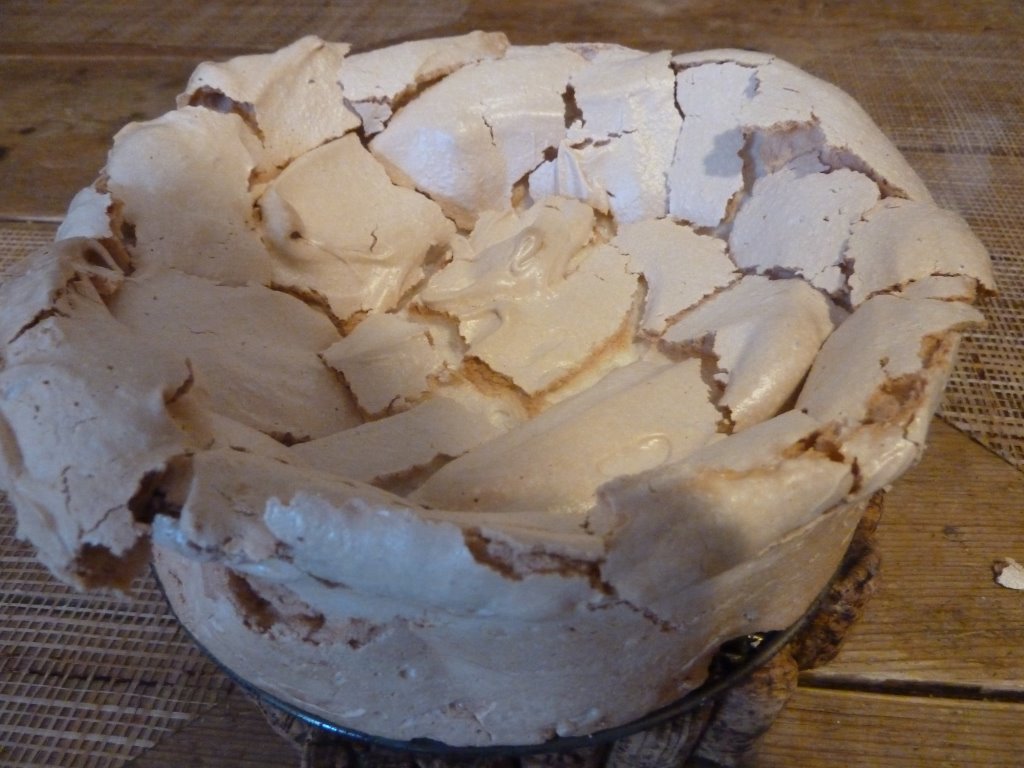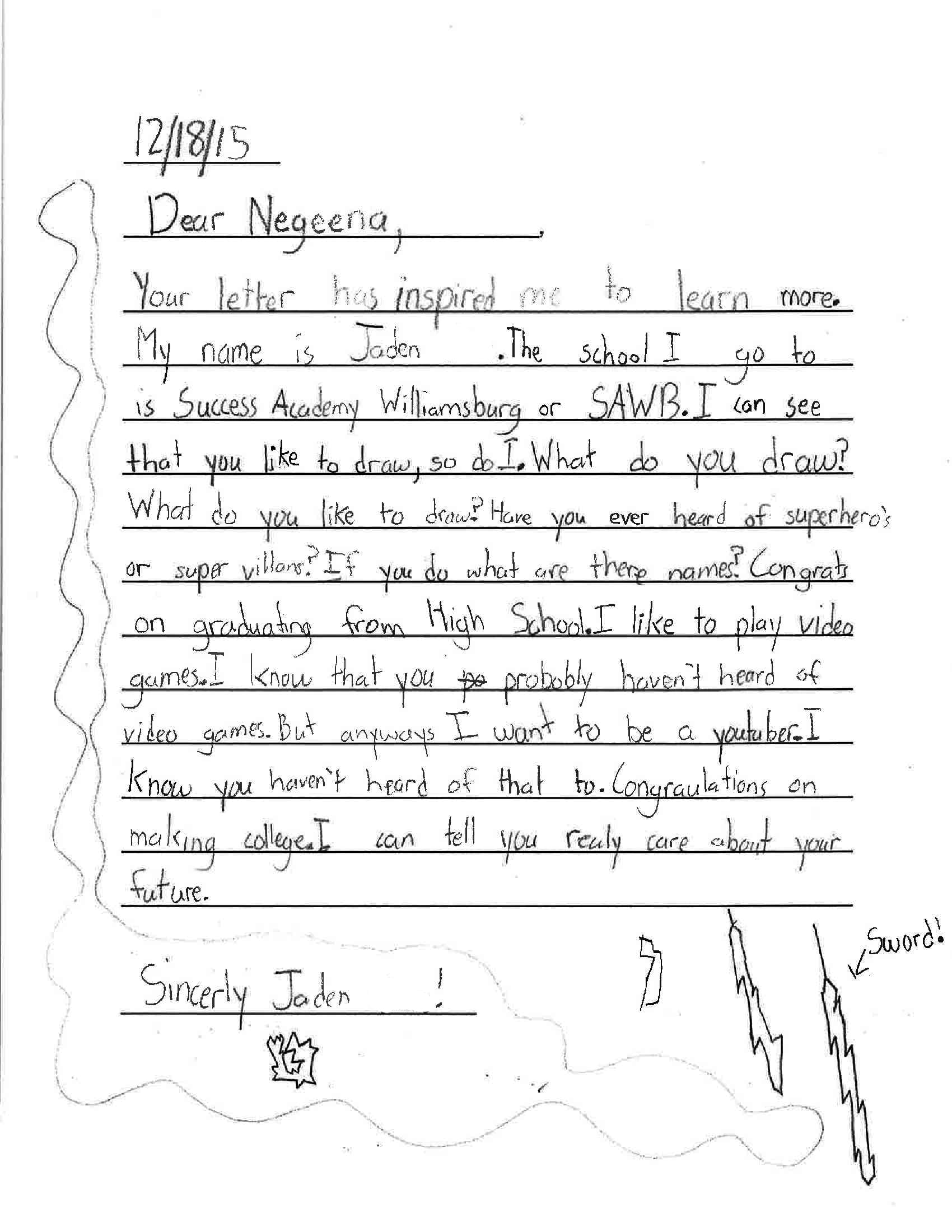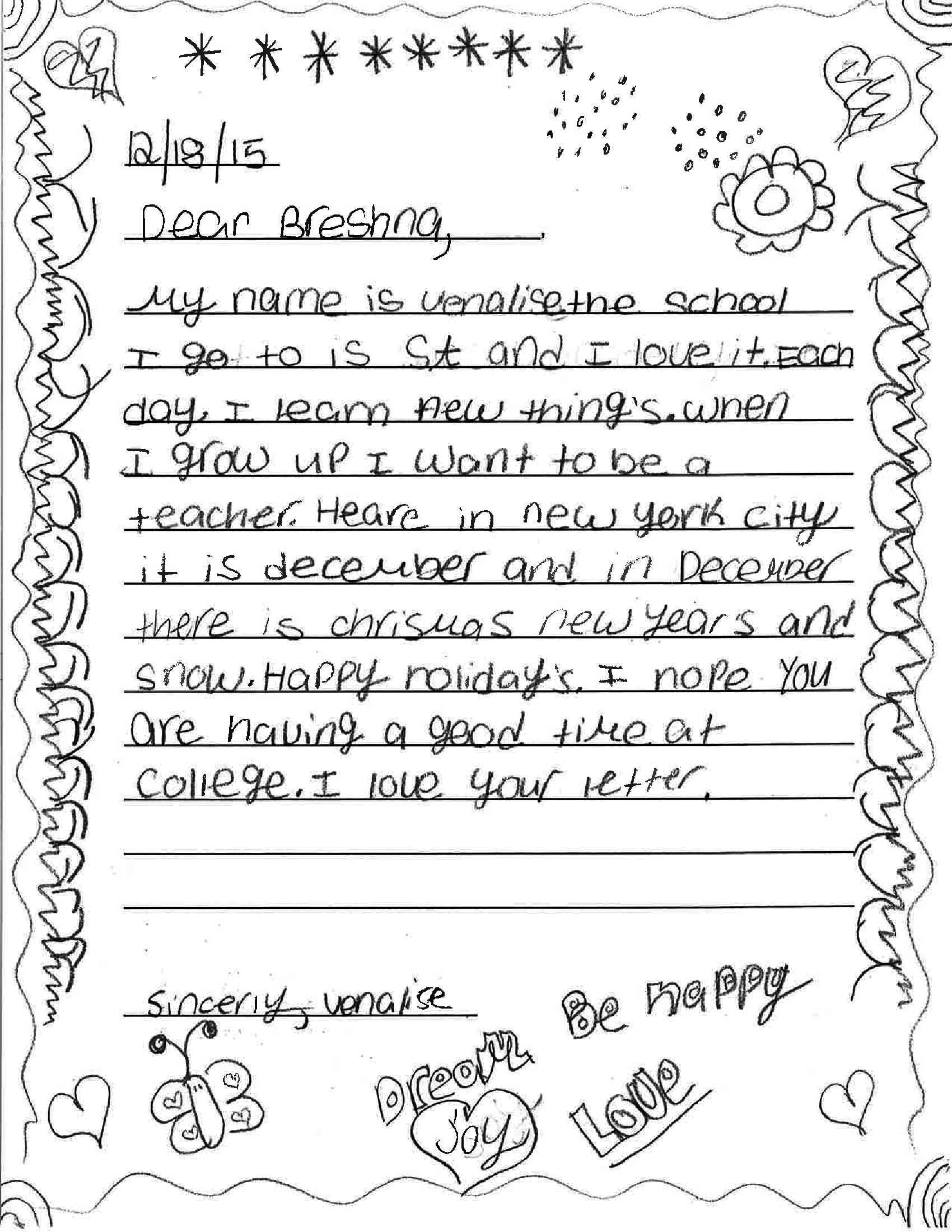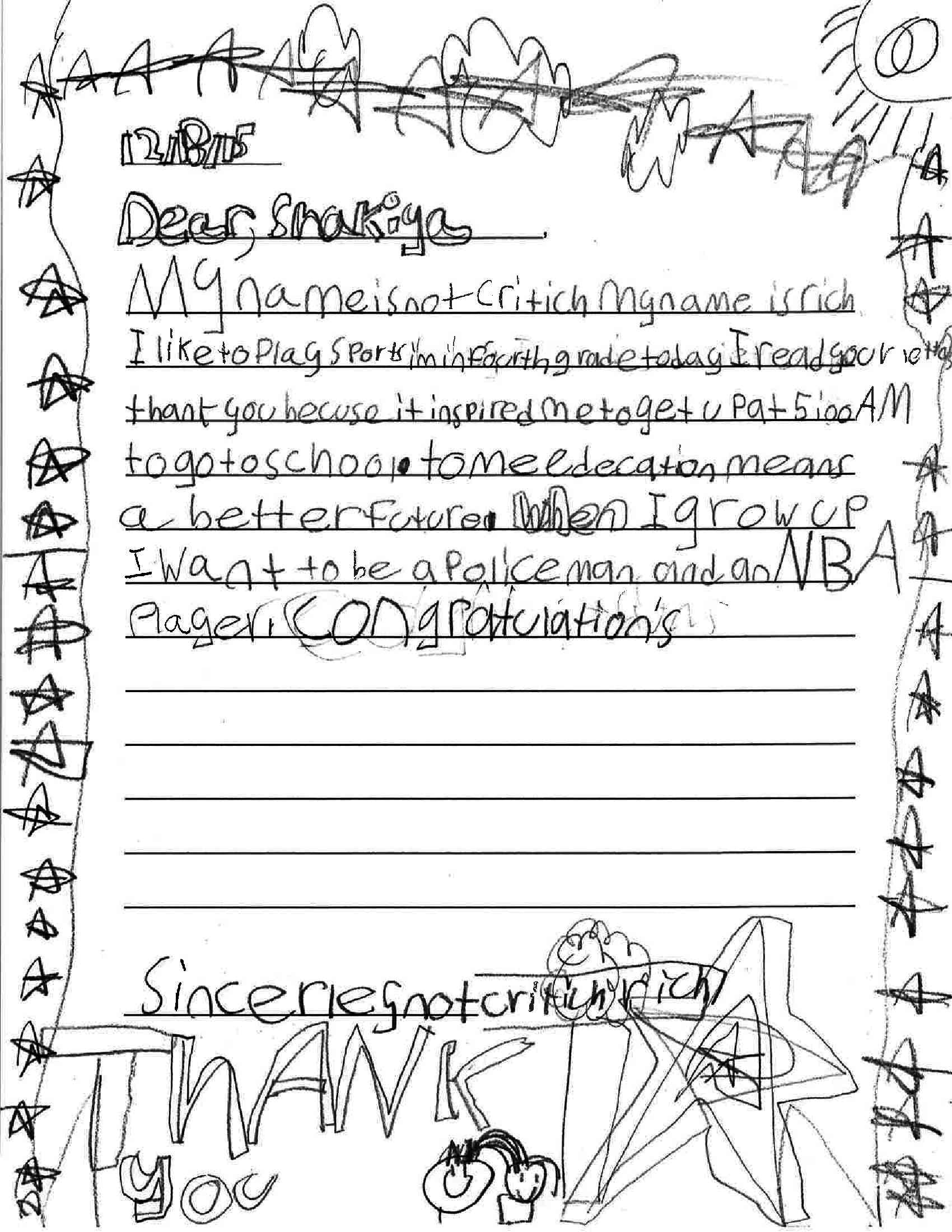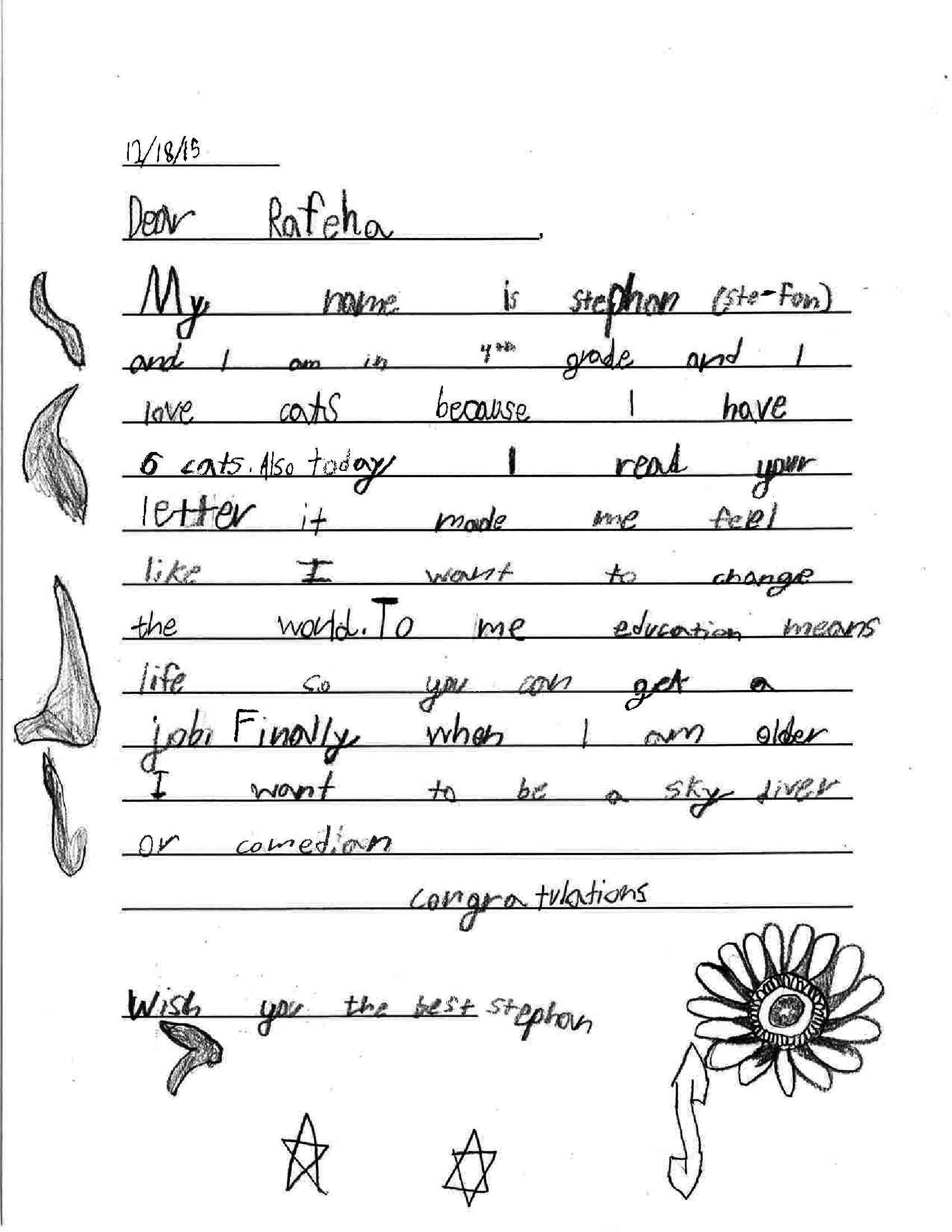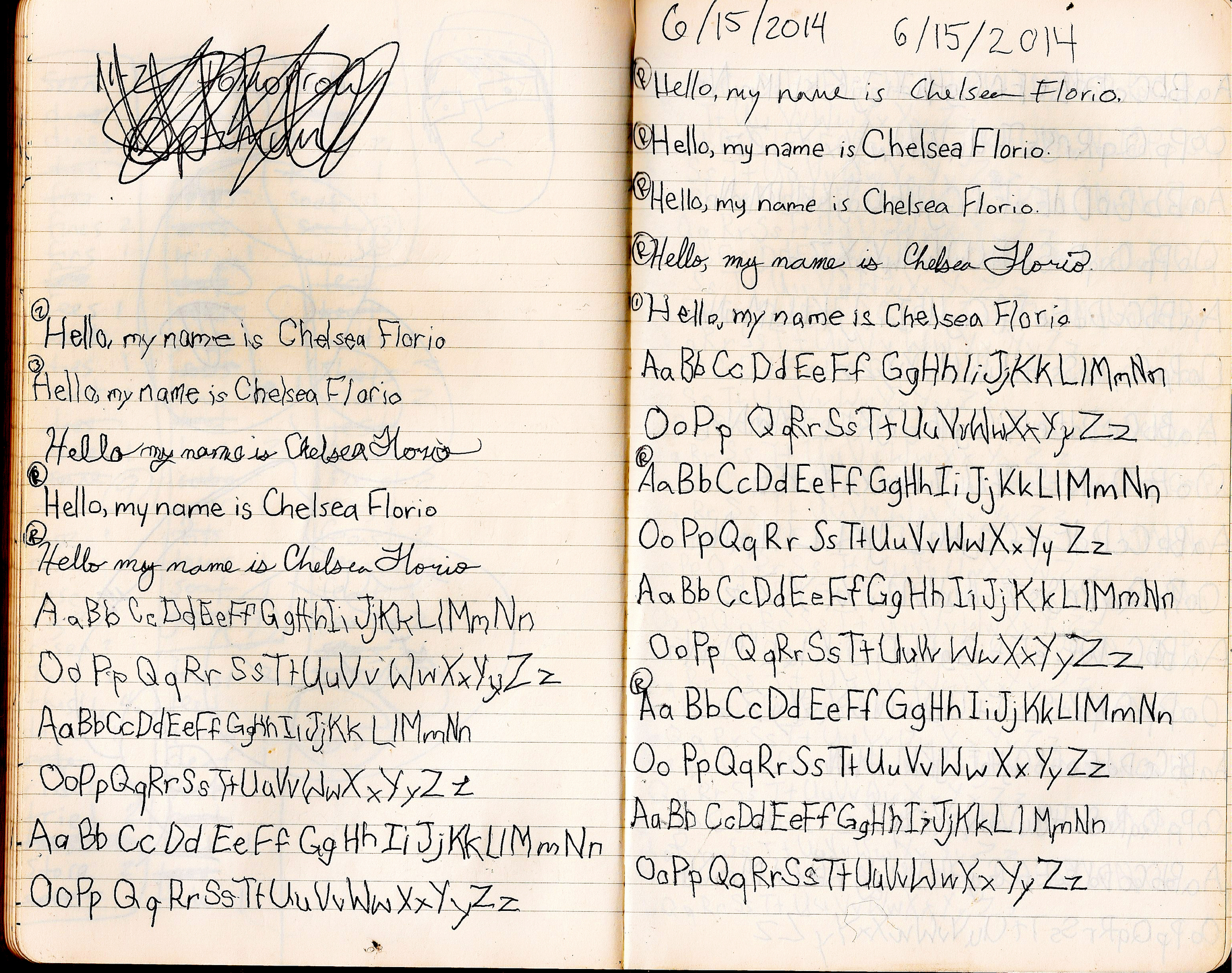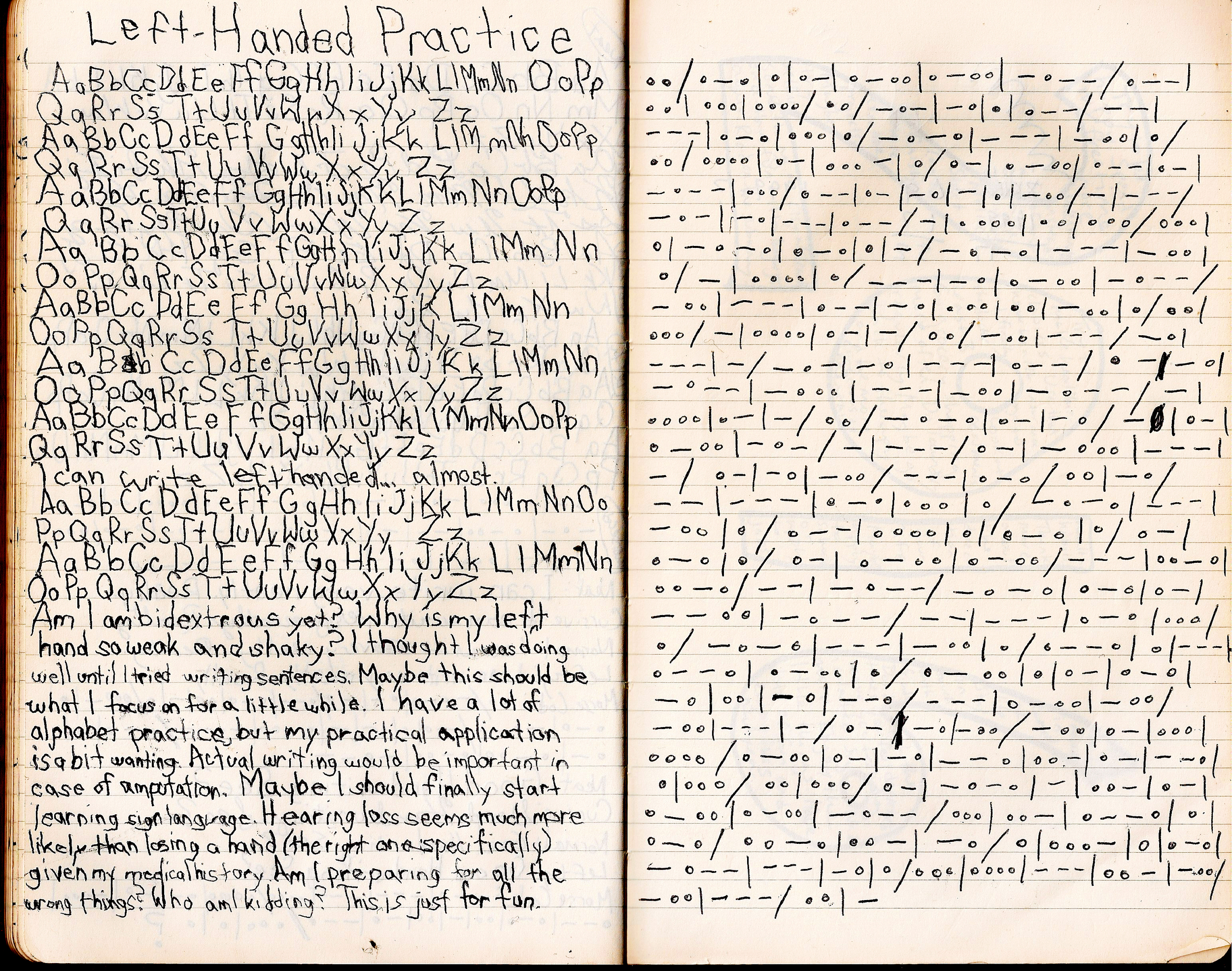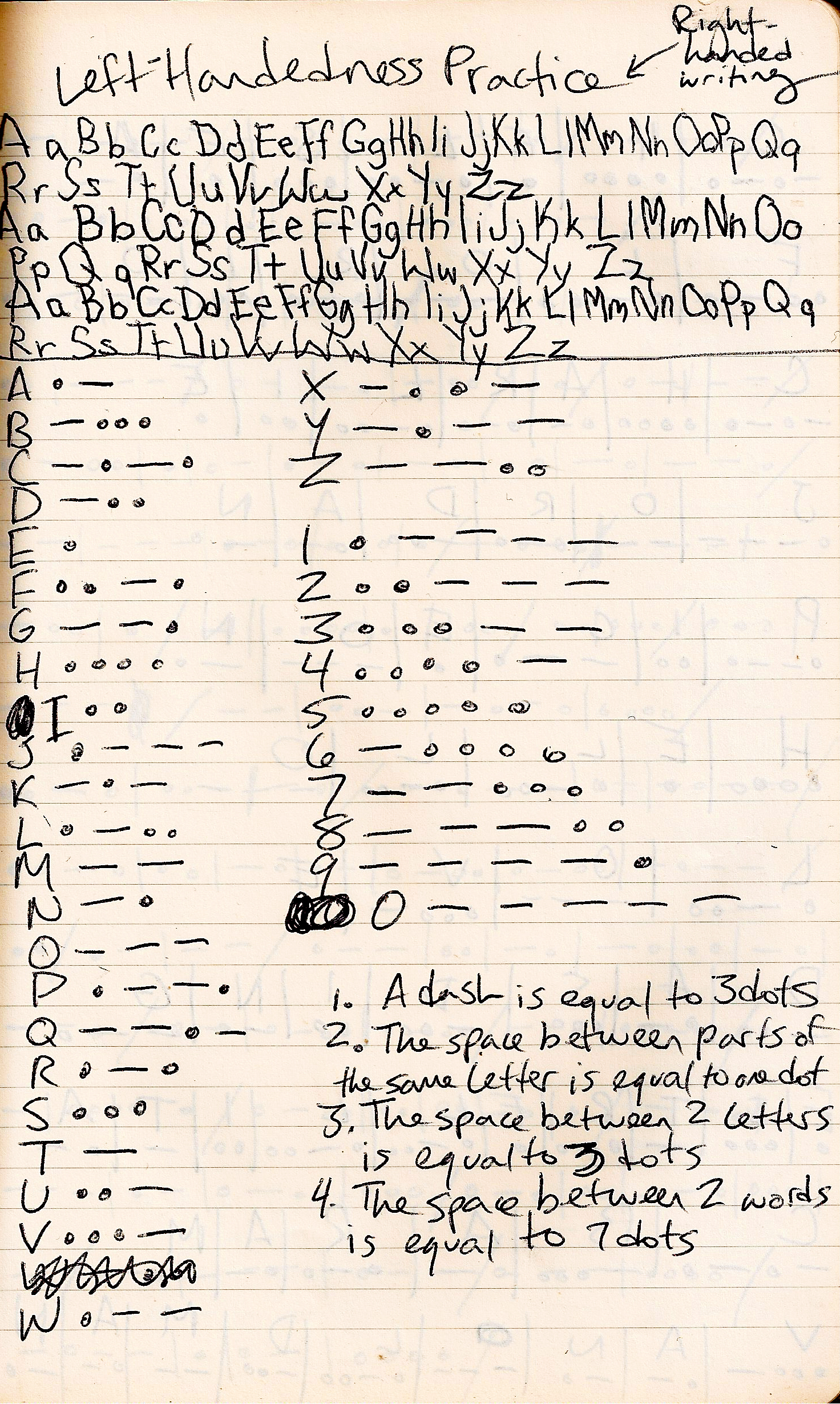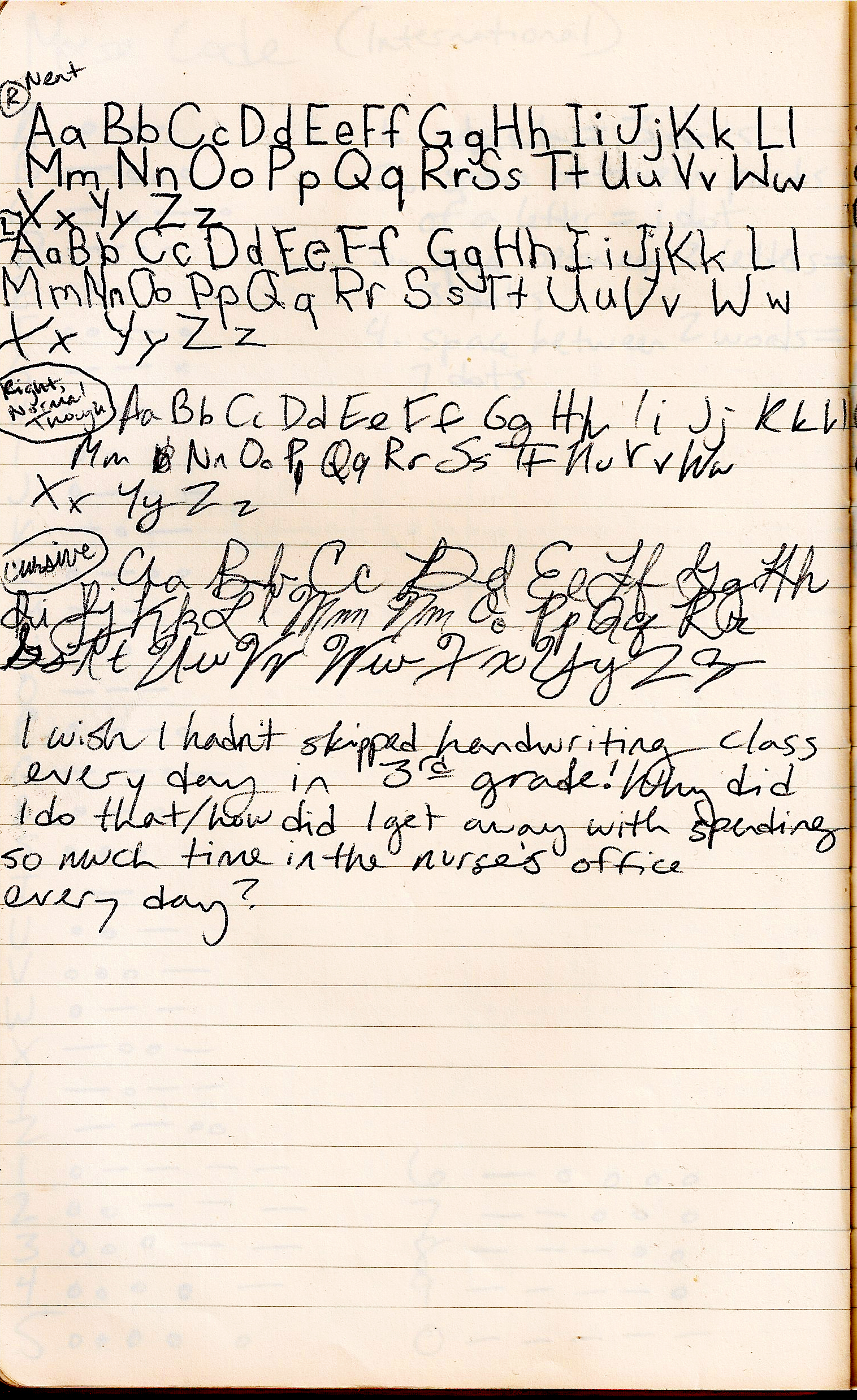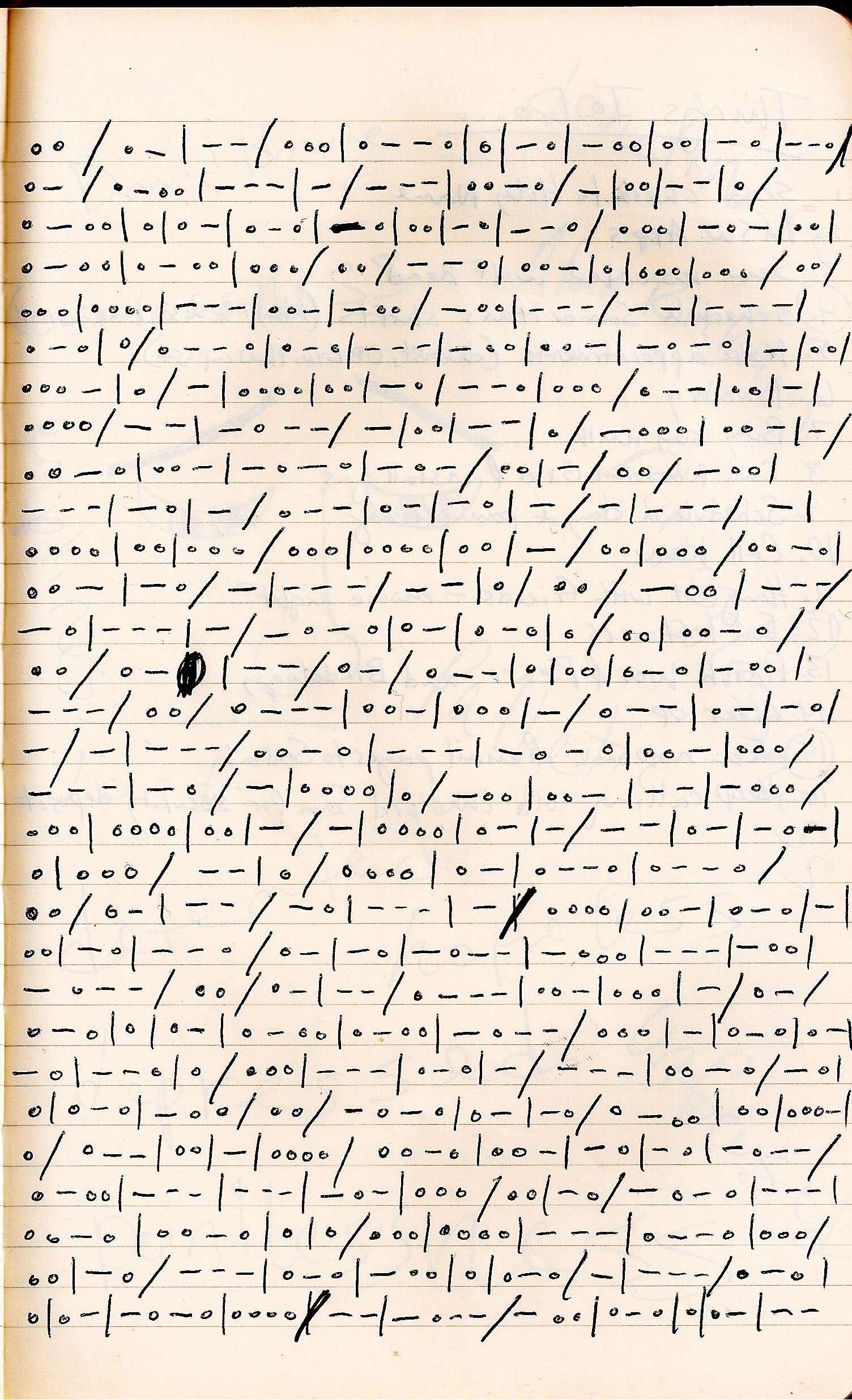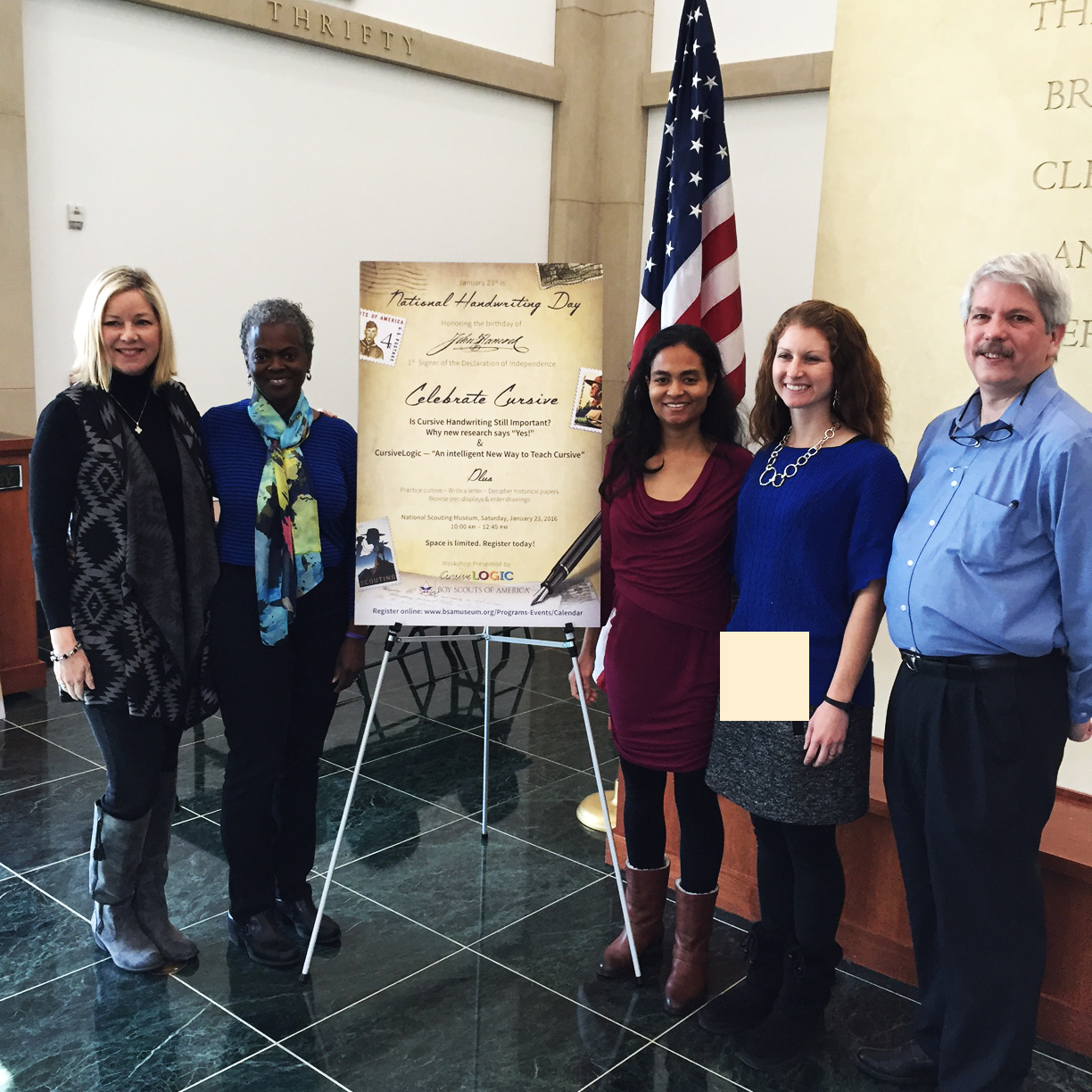Bettymarie's Peach Meringue (Schaum Torte) • Lari Robling
Bretty Rawson
A Note from Curator Rozanne Gold: This engaging story comes from Lari Robling, an independent radio producer and writer, currently producing “Voices in the Family” with Dr. Dan Gottlieb for WHYY in Philadelphia. A special pot of tea, carefully placed next to a handwritten recipe card, sets the scene to unlock the secrets to Bettymarie’s Peach Meringue. The card’s yellowed hue and tell-tale splotches hints at past mishaps, while a faded cursive “what’s cookin,” specifies Mom as the author, even calling her by name. Yet the story is not all peaches and cream. The cracked exterior of the cake becomes the metaphor for a complicated mother-daughter relationship, whose sweetness and love stand the test of time. A former restaurant critic for the Philadelphia Daily News, Lari is the author of a wonderful cookbook, Endangered Recipes, published by Stewart, Tabori & Chang. Lari believes that nostalgic memories created by food are the most evocative and compelling of all, especially if they’re handwritten. Thank you, Lari. Twitter handle @larirobling.
Bettymarie's Peach Meringue By Lari Robling
My mother was a terrible cook. I was about eight years old when I realized that calling the fire department wasn't a step in a recipe. Her impoverished cooking skills were always a puzzle because her mother, my grandmother, was an amazing cook. Grog's pies were legendary and people would find a reason to stop by around dinner — there was always enough food in the pot, and enough room around the table to set another place, or two, or even four! Yet, my mother left that home sadly lacking the ability to put a simple meal on the table. Maybe it’s no coincidence that I became passionate about food later in life.
There were, however, one or two things she did learn from my grandmother, and my brother and I were grateful for them. One such confection was a mass of fluffy whiteness covered in whipped topping and decorated with fruit. Despite its light texture, and much to our mother's chagrin, we called it Cement Cake. Although she took this as one of endless insults attached to her skill-less cooking, it was an apt description of what the cake looked like prior to being dressed up with fruit and cream — a cracked sidewalk.
This dessert is Pavlova-like (sometimes called Pavlov), and baked in a spring-form pan rather than laboriously piped out of a pastry bag. Preparing it this way results in a dreamy, marshmallow-like interior encased in a brittle shell.
The original version came from my grandmother's neighbor and called for “tinned peaches.” Over time, we swapped the canned peaches for fresh, or sometimes substituted fresh strawberries or blueberries, or other fruit in season. I've even used kiwi, which adds a nice tart contrast to what is basically a very sweet meringue. But the most exciting version was the one I made with the gooseberries from my backyard bush.
Eventually, the non-dairy whipped topping gave way to whipped heavy cream. And what I’ve learned is that the recipe is almost foolproof, as even my mother could make it reliably.
I was always curious about the origin of this recipe — did some cook lack a pastry bag and plop a Pavlov into a spring-form pan? Was this dish a regional Ohio thing where I was from? I finally found the answer when researching my book, Endangered Recipes and read The Molly Goldberg Jewish Cookbook. There it was — Schaum Torte, a flour-less cake for Passover (that explained the non-dairy topping!).
I wonder how many countless handwritten recipes such as this one were passed over fences or across clothes lines over the years? From neighbor to neighbor, from mother-to-daughter, and now mother-to-son (my son Ben devours it anytime I make this cake), it is a beautiful testament to the nurturing bonds we share.
It’s nice to have a sweet memory of my mother to mollify our sometimes contentious relationship. And I don’t call it Cement Cake any more.
Bettymarie’s Peach Meringue
Cake
6 egg whites
2 cups, sugar
2 teaspoons, vanilla extract
2 teaspoons, apple cider vinegar
Topping
2 cups, heavy cream
1 pint, fresh strawberries, hulled and halved
(reserve some whole for garnish)
or fresh fruit of your choice.
1. Preheat oven to 300 degrees F.
2. To make the cake: Using an electric mixer, beat egg whites until stiff. Add sugar slowly while beating at slow speed. Blend in vanilla and vinegar. Spoon batter into a 9-inch springform pan. Bake for 45 minutes. Remove cake from oven and let cool (it will deflate and crack; don't worry you cover the whole affair up).
3. To make the topping: Just before serving, whip cream. Arrange fruit on top of cake, reserving some for garnish. Spread the cream on the top and sides of the cake.


